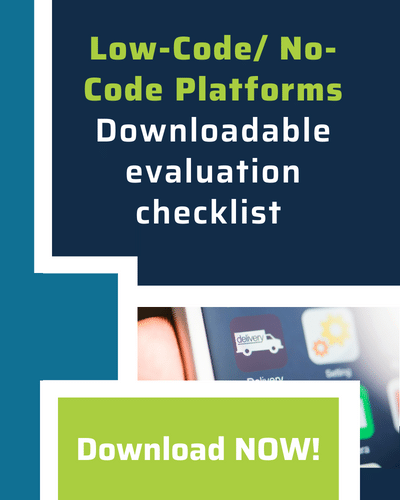Customer relationship management (CRM) platforms are very reliant on big data. As these platforms become more widely used, some of the data resources they depend on become more stretched.
CRM providers need to find ways to address the technical debt problem they are facing through new big data initiatives. This will be easier as advances in big data make this more possible.
The Relationship Between Big Data, CRM Technology and Technical Debt
With more and more CRM customers hitting the 10-year mark on their respective platforms, the crippling effects of technical debt are becoming significantly widespread. Although misunderstood, technical debt can result in slow performance, reduced agility, sluggish adoption, and the failure to meet business requirements. And this has seasoned IT executives wondering what to do with the complex problem of technical debt and how big data can help.
To help combat the situation, data-driven CRMs like Salesforce now offer services geared towards tackling technical debt. As part of this, Salesforce recommends that customers devote a percentage of each release to clean-up work. But while everyone agrees that technical debt is bad, there hasn’t been much discussion regarding exactly how technical debt reduces CRM performance and agility. Without understanding this, it is difficult to know how to fix the problem – or avoid it in the first place.
What is technical debt anyway?
In software development, technical debt is often defined as the cost of choosing an easy solution now instead of a better approach that might take longer. CRM analysts like to associate technical debt with the complexity that results from extensive customization.
.
.
.
What about SAP and Oracle?
For those operating under SAP’s CRM platform, the team at Pillir has its own leading solution. Realizing why companies struggle with innovation, the Pillir team created a unique, ABAP tool (ABAP is a high-level programming language created by the German software company SAP) called SAP technical debt dashboard to help SAP customers understand how much time, money and resources are spent on unnecessary customizations and how to lower technical debt in the process.
“ABAP has a storied history, but also comes with a heavy price tag,” stated industry analyst Brian Fitzgerald. “As with Salesforce’s APEX, SAP’s ABAP is what drives the CRM’s extremely complex ecosystem. As such, when it starts generating piles of technical debt, customers are at risk of system failure. And this is true with Oracle’s Application Express, also called APEX.”



 Back
Back/Logo%20-%20black%20text%20blue%20pillar%20(large)-1.jpg)

